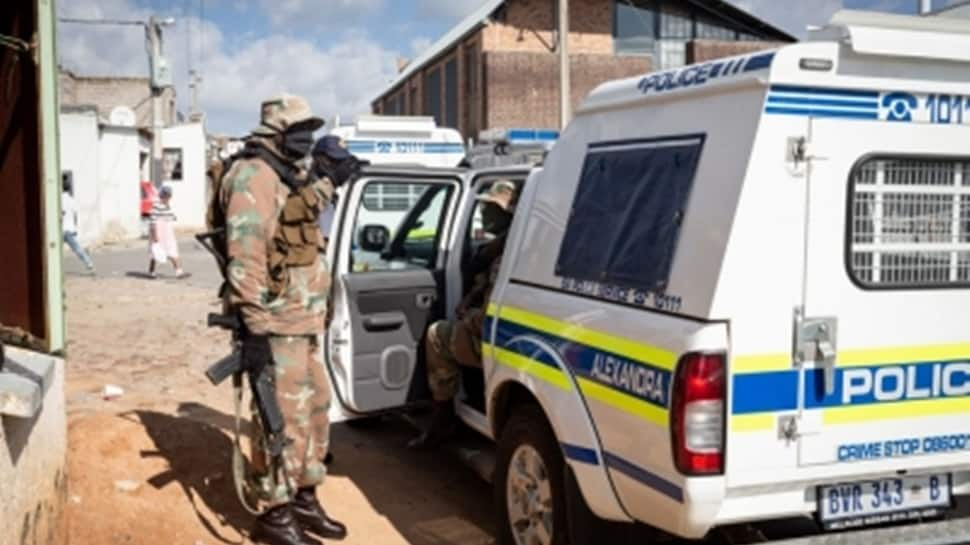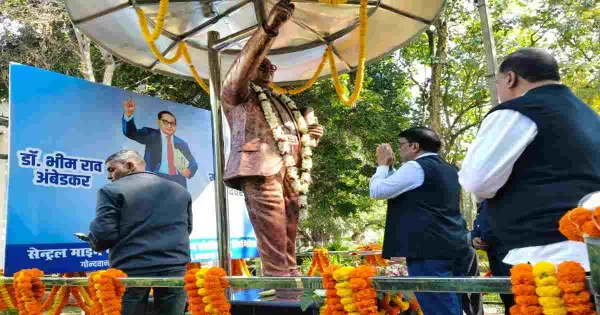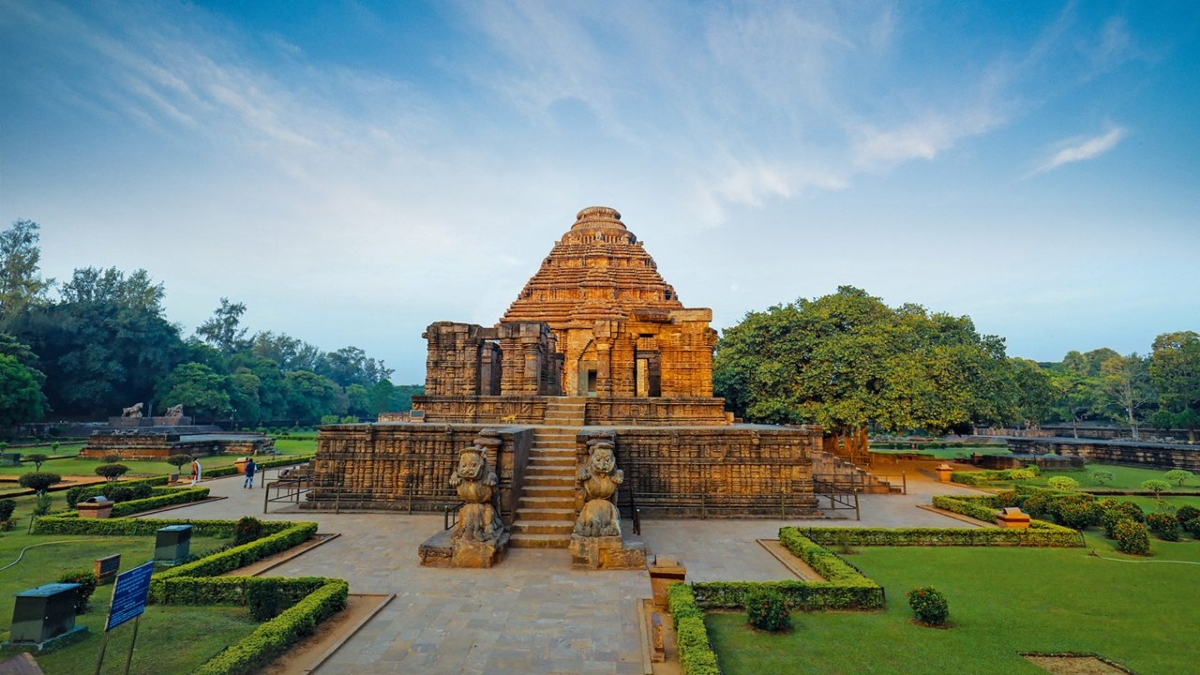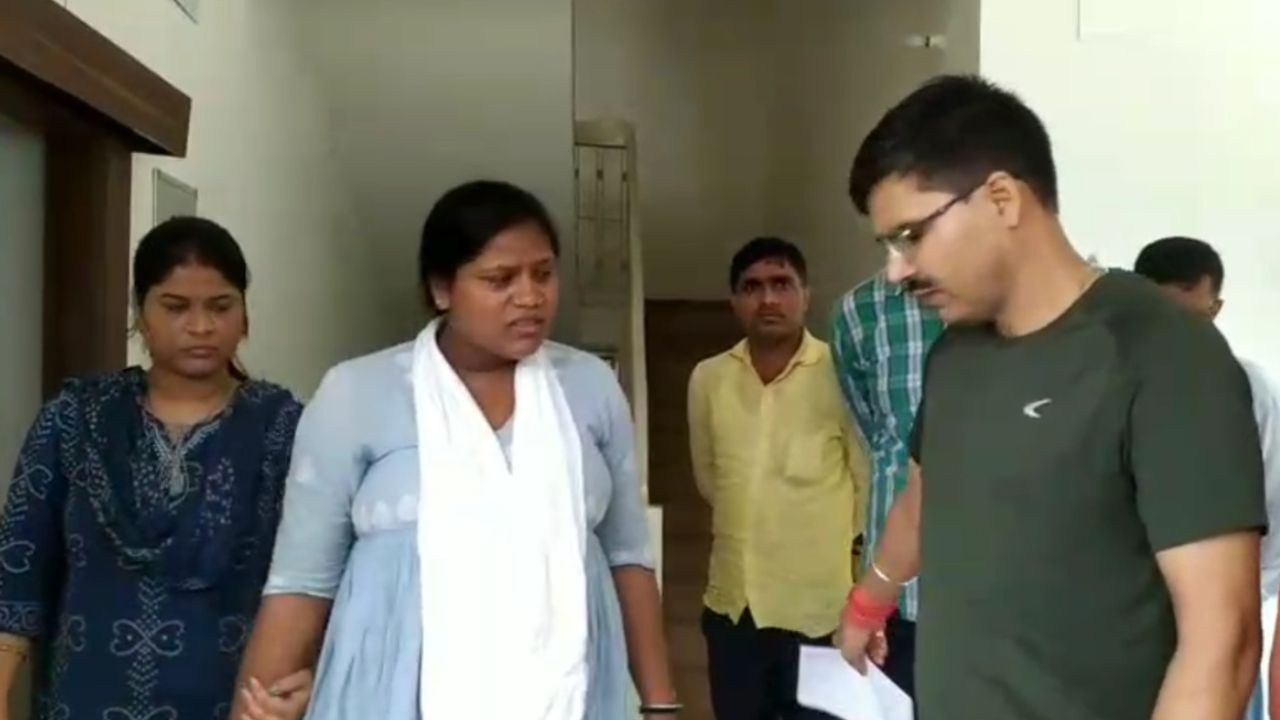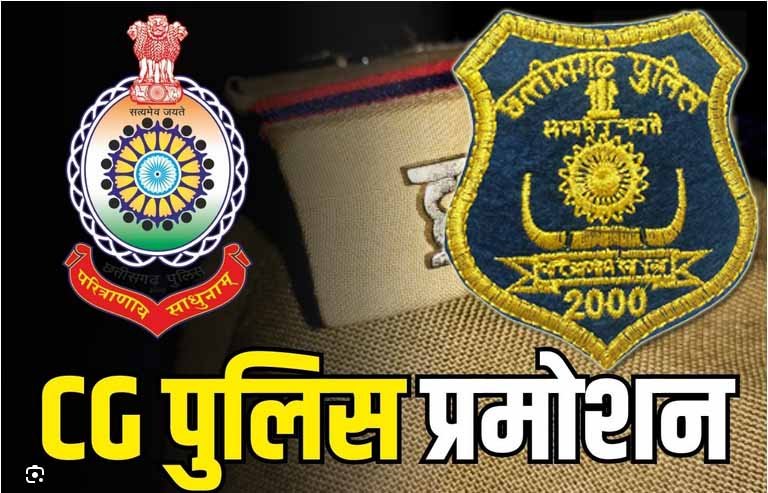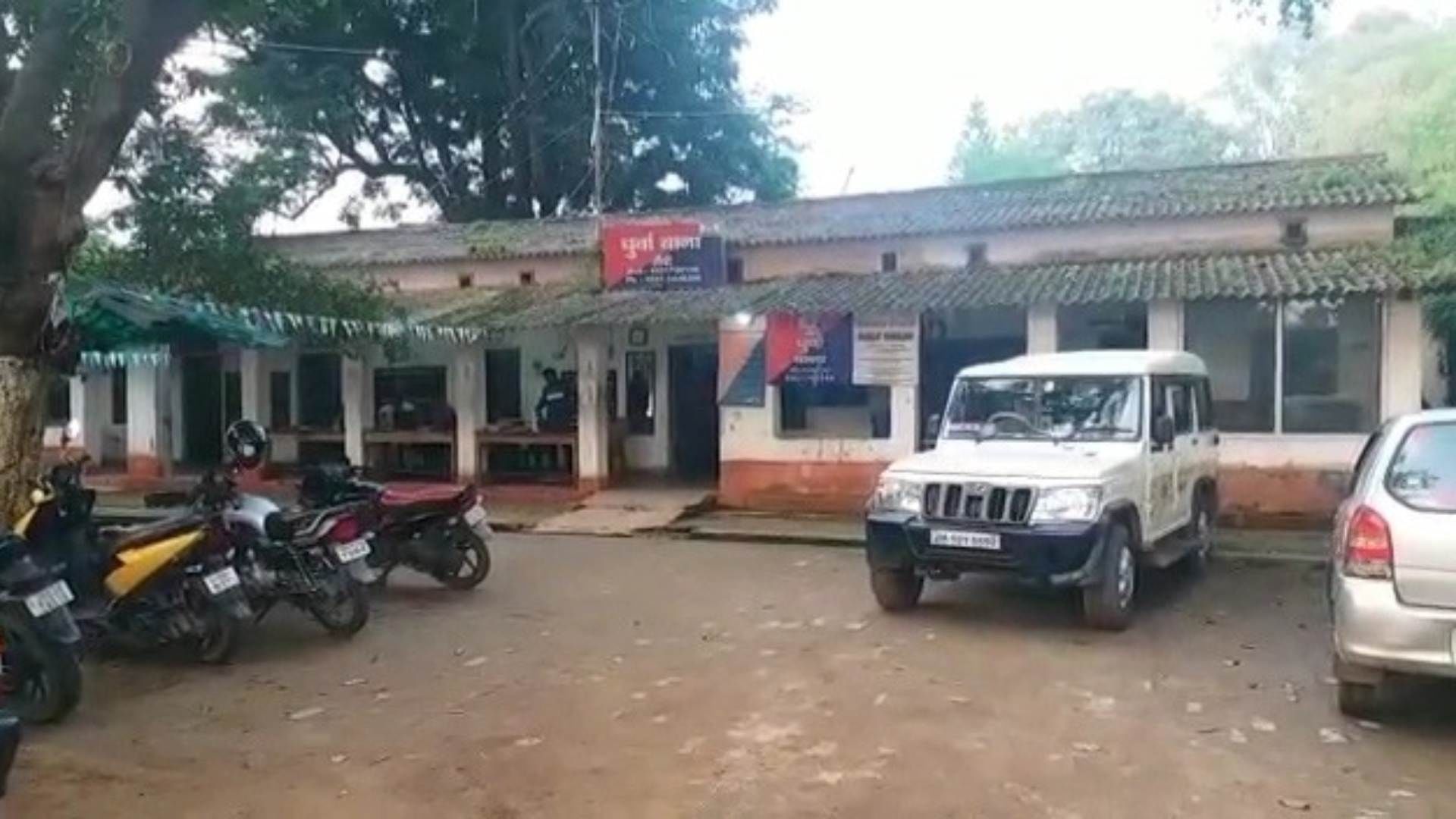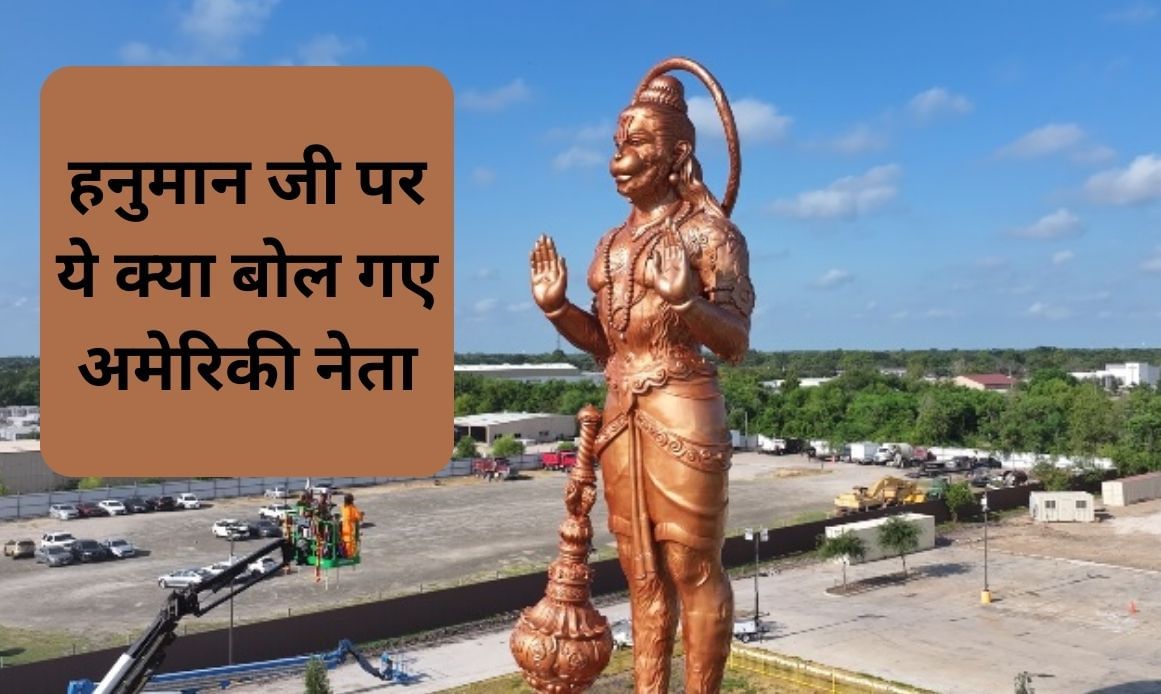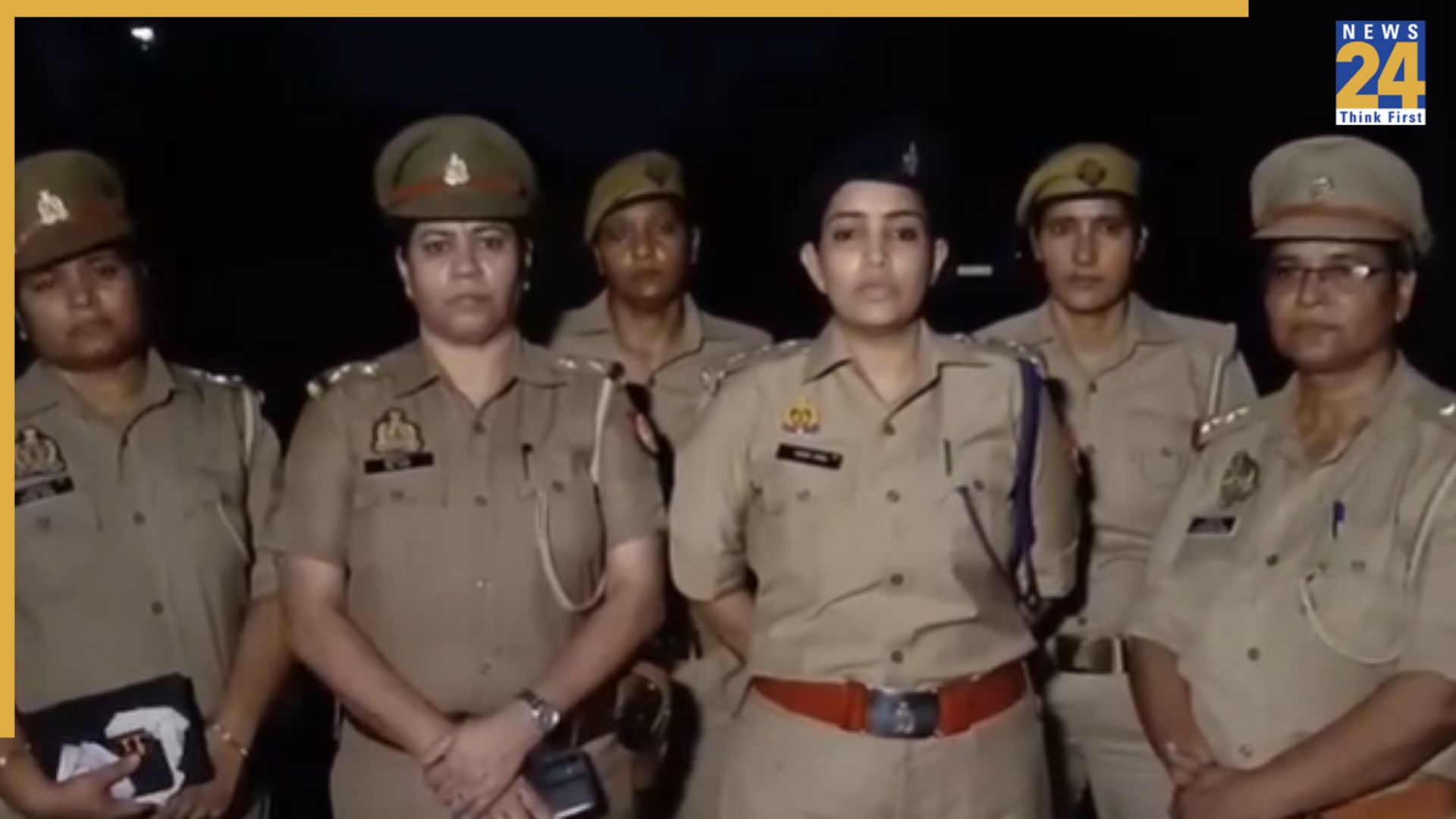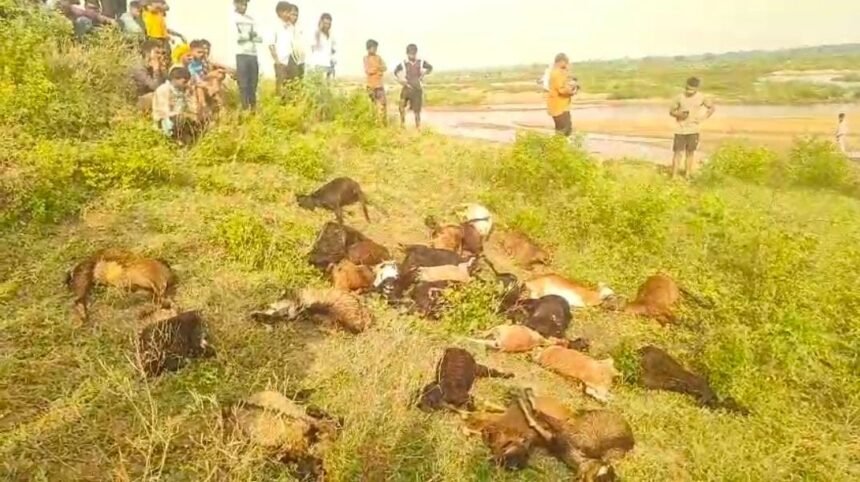Subscribe to Updates
Get the latest creative news from FooBar about art, design and business.
The Chhattisgarh Police Department has released the merit list for the promotion of 68 Assistant Sub-Inspectors (ASIs). The list includes the names…
A violent altercation unfolded at a police station in Ranchi, Jharkhand, between an ASI and a station clerk (Munshi). The Munshi severely…
